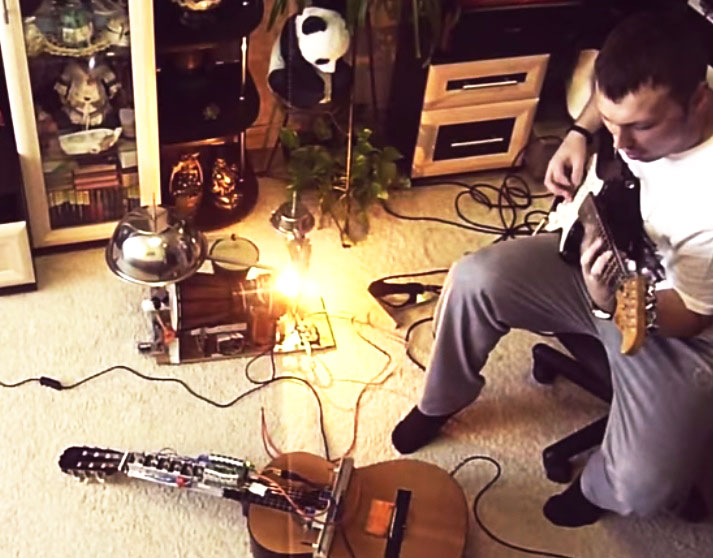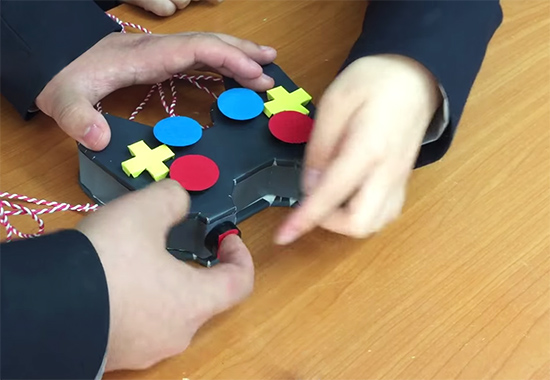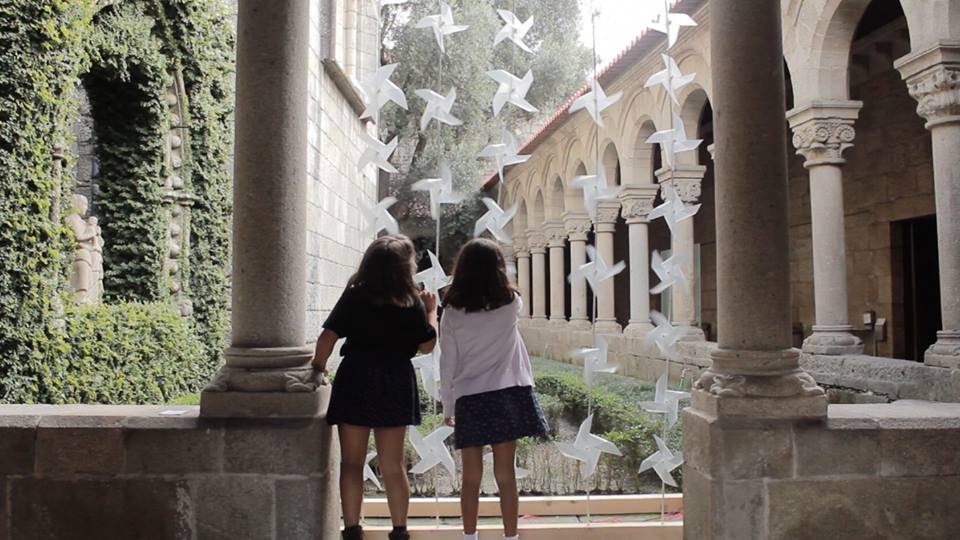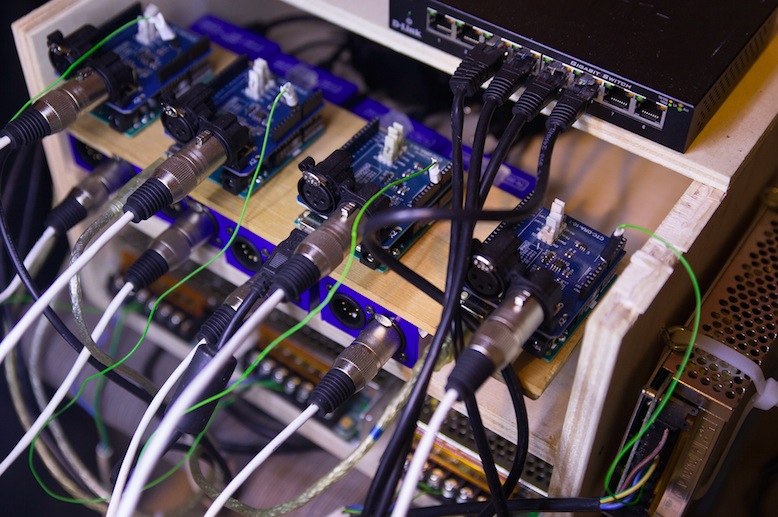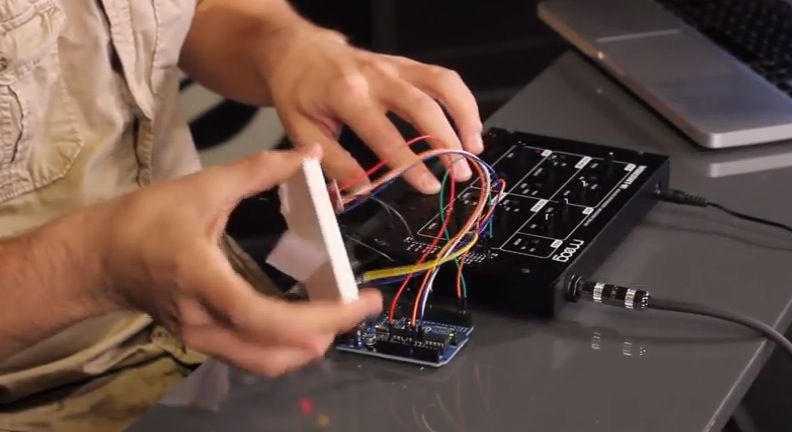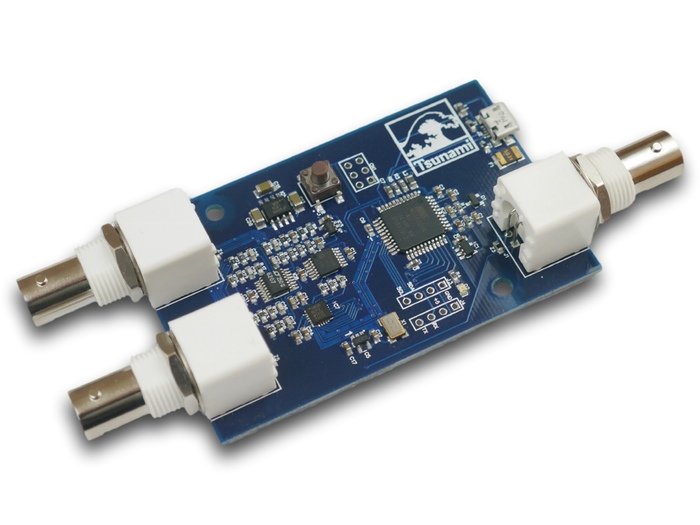
We are happy to announce Tsunami by Arachnid Labs has joined the Arduino At Heart Program.
Tsunami is a new powerful and flexible signal generator built on the Arduino platform and the best way to get started experimenting with analog signals.
Nick Johnson, its creator, took the versatile processor behind the Arduino Leonardo, and combined it with a Direct Digital Synthesis chip, which makes generating analog signals incredibly straightforward. He also added flexible input and output circuitry, an easy to use software library, to make working with analog signals as easy as blinking an LED.
Tsunami lowers the barriers to making music, sending and receiving data, experimenting amateur radio, and creating educational applications. It was launched successfully on KickStarter last April and you are in time to pre-order it on Crowd Supply!
Here’s a list of projects you could do:
- Use it as a building block for a synthesizer
- Measure unknown signals
- Measure the response curve of your audio amplifier
- Implement an APRS modem
- Generate precise clocks for other devices
- Make a digital theremin
- Read and write data tapes from classic computers (Commodore, Atari, etc)
- Test filters and reactive components (capacitors, inductors, and so forth)
- Encode and decode your own data for audio transmission
- Teach yourself about Direct Digital Synthesis
- Teach yourself about AC and complex impedance
- Make your own low frequency radio transmitter
Want to know more? Meet Nick and Tsunami in this video:
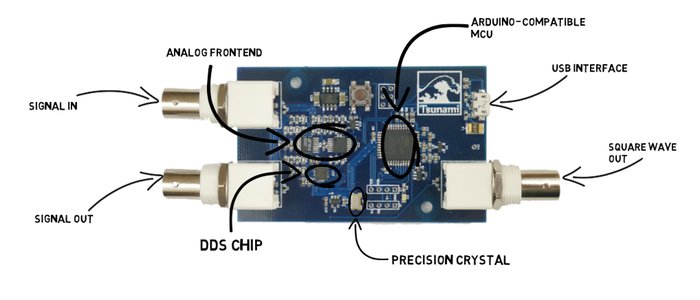
 Artist Balam Soto has been making interactive projects for years. This is his latest: Exp.Inst.Rain, a wavering, touch-controlled instrument.
Artist Balam Soto has been making interactive projects for years. This is his latest: Exp.Inst.Rain, a wavering, touch-controlled instrument.



